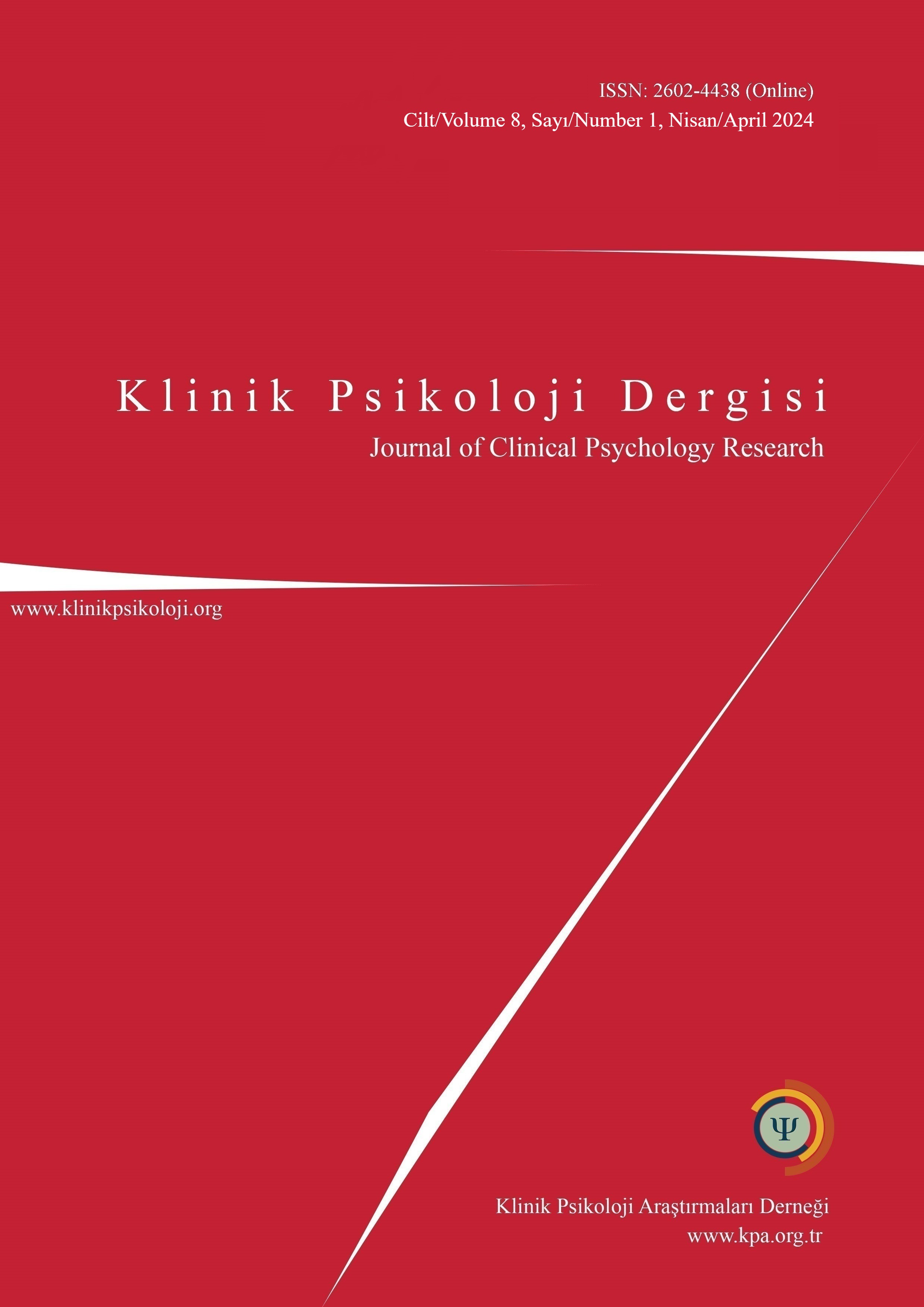Determining a subset of discrete emotion-evoking images from the international affective picture system in a Turkish sample
Determining a subset of discrete emotion-evoking images from the international affective picture system in a Turkish sample
Author(s): Dilara Doğan, Banu Cangöz TavatSubject(s): Psychology, Neuropsychology, Clinical psychology
Published by: Klinik Psikoloji Araştırmaları Derneği
Keywords: IAPS; discrete emotions; categorical approach; dimensional approach; cultural differences;
Summary/Abstract: The International Affective Picture System (IAPS), widely utilized in emotion research, is based on a dimensional approach. It includes 1196 colored static images depicting different semantic categories, with valence, arousal, and dominance ratings determined for each. However, the specific discrete emotions evoked by these images within the IAPS has remained unclear. There-fore, numerous investigations have been conducted in different cultural contexts to address this matter. This study aimed to determine a subset of images from the IAPS that elicit discrete emo-tions. To achieve this goal, an image was selected for each semantic category within the IAPS, employing specific criteria, and the elicited discrete emotions were subsequently examined in a Turkish sample. Additionally, valence ratings for these images were obtained within the Turkish culture, facilitating cross-cultural comparisons. Sixty Turkish students (43 female) aged between 19-25 participated in this study. The participants rated the valence, discrete emotion category, and the intensity of the determined discrete emotion (1 = none; 9 = very strongly) for 231 select-ed images from the IAPS, respectively. Valence ratings were obtained using the paper-pencil version of the Self-Assessment Manikin. Accordingly, 76 images, of which intensity ratings above six were classified into a single discrete emotion with the agreement of 70% and above among the participants. Furthermore, the obtained data were compared with the results of studies conducted in different cultural settings to explore potential cultural differences. Overall, the results highlighted the importance of selecting culture-specific stimuli in emotion studies.
Journal: Klinik Psikoloji Dergisi
- Issue Year: 8/2024
- Issue No: 1
- Page Range: 125-139
- Page Count: 15
- Language: English

